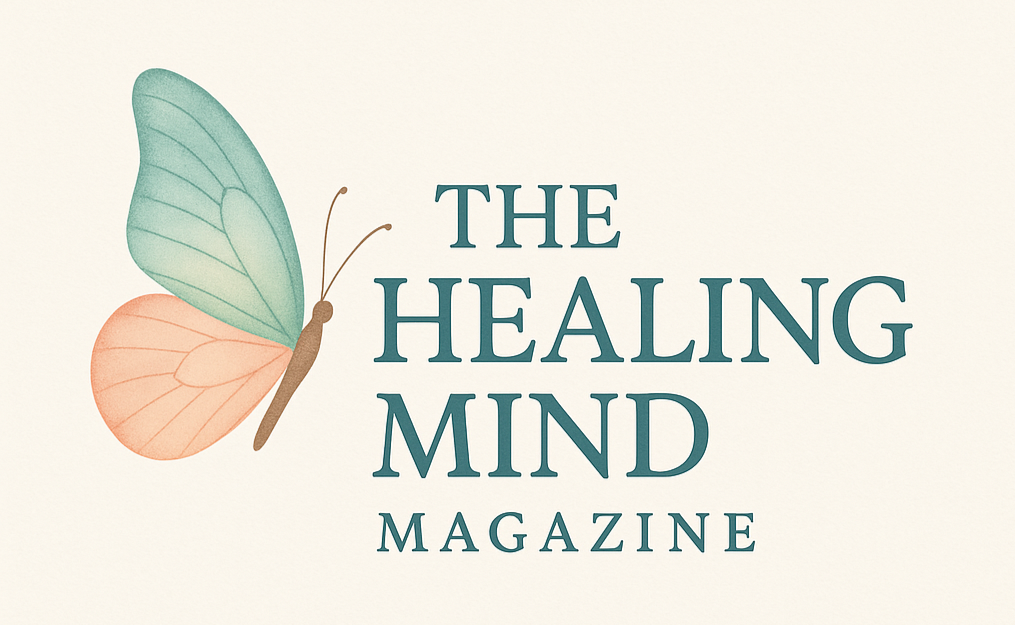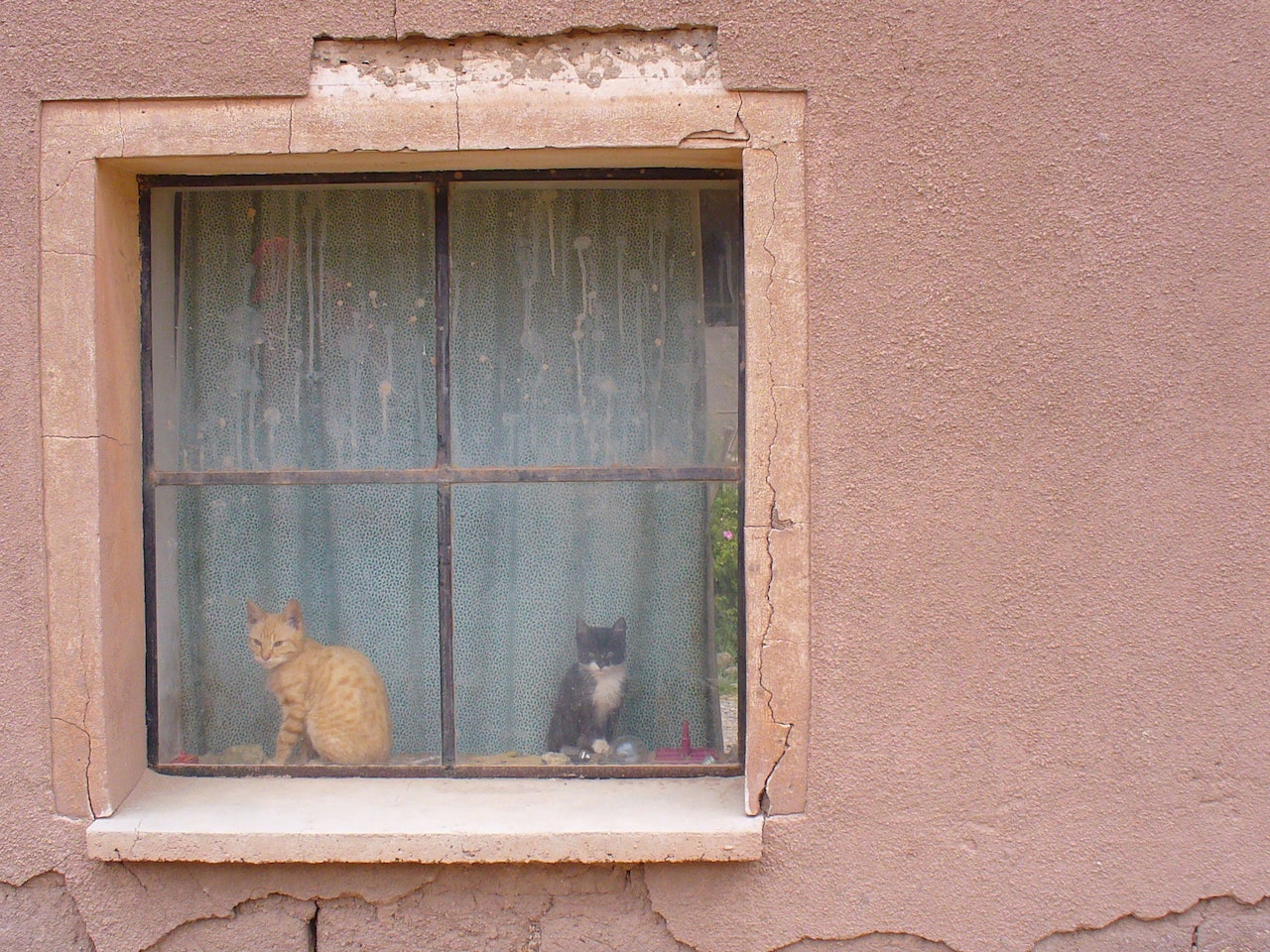The Unconditional Love of Cats: Understanding Feline Affection towards Their Owners
Cats have long been associated with their independent and enigmatic nature, often portrayed as aloof creatures that keep their distance from humans. However, many cat owners will attest to the profound bond they share with their feline companions.
While the ways in which cats express affection may differ from those of dogs or other pets, cats are indeed capable of forming deep emotional connections with their owners. In this article, we will explore the nature of feline affection and discuss the various ways in which cats demonstrate their love for their human companions.
- Individualistic Nature:
Cats possess an instinctual independence that is deeply ingrained in their behavior. Unlike dogs, which are known for their pack mentality and loyalty, cats have retained their solitary instincts from their wild ancestors. This individualistic nature often leads to the misconception that cats are incapable of forming attachments or displaying affection. However, it is essential to understand that cats have a unique way of expressing their love, often through subtle gestures and behaviors.
- Trust and Comfort:
Cats are highly sensitive animals that value trust and security. When a cat feels safe and comfortable in its environment, it is more likely to develop a strong bond with its owner. Providing a stable and nurturing environment is crucial in building trust and allowing the cat to express its affection. Cats often seek physical closeness, such as curling up next to their owners or sitting on their laps, which is a clear indication of their trust and contentment.
- Grooming and Mutual Bonding:
One of the most significant ways in which cats demonstrate their love is through grooming. Cats are meticulous groomers, and when they engage in mutual grooming behavior with their owners, it signifies a deep bond. By grooming their owners or other cats, they are not only keeping their fur clean but also participating in a social bonding ritual. It’s a sign of acceptance and inclusion within their social group, which, in this case, includes their human family.
- Communication and Vocalization:
While cats may not be as vocal as dogs, they have their unique ways of communicating their affection. Purring is often associated with contentment, relaxation, and happiness, and cats will often purr when they are in the presence of their beloved owners. Additionally, slow blinking, also known as “cat kisses,” is a gesture of trust and affection that cats reserve for their favorite humans. By reciprocating these slow blinks, owners can establish a stronger emotional connection with their feline companions.
- Playfulness and Interaction:
Cats are known for their playful nature, and engaging in playtime with their owners is a clear indication of their love and trust. Playful behavior allows cats to bond with their owners and express their affection in a dynamic and interactive manner. Providing toys, engaging in interactive games, and spending quality time together strengthens the emotional connection between cats and their owners.
Conclusion:
While cats may exhibit affection differently than dogs or humans, their love for their owners is profound and genuine. From seeking physical closeness and mutual grooming to displaying trust and communication through purring and slow blinking, cats have numerous ways of expressing their attachment. Understanding and appreciating these unique manifestations of feline affection can deepen the bond between cats and their owners, resulting in a mutually enriching relationship that brings joy and companionship to both parties.

Lilly Botto -Writer -” House & Garden” Category







